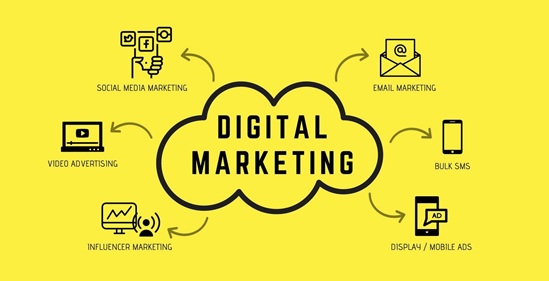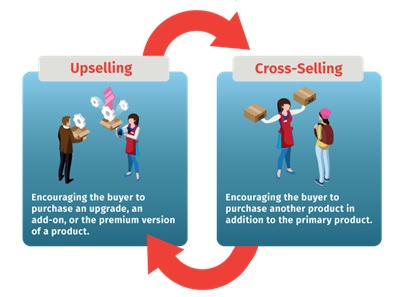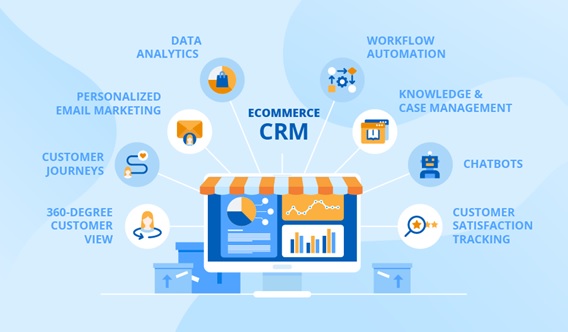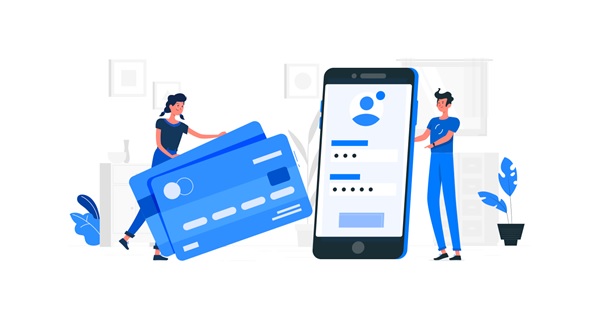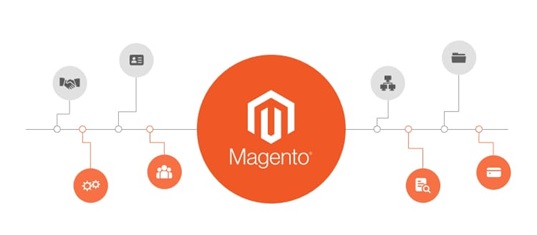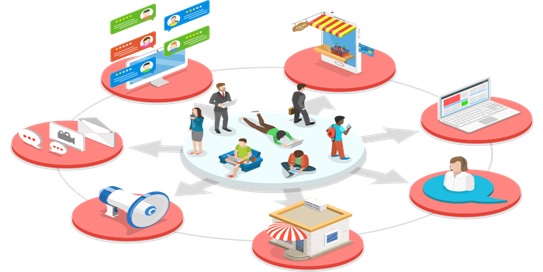Conversational E-commerce Marketing Platform
Conversational marketing is marketing that talks to consumers. This can be done through live chat, chatbots, voice assistants or other forms of conversational AI. These experiences can be positioned on websites, social media channels, paid advertising and even in physical stores or connected home devices (like smart speakers).
Conversational marketing allows you to turn things that are traditionally seen as marketing materials and make them interactive. [1] In all marketing, engagement and conversion are critical. With conversational marketing, they become easier than ever before.
So, now that we’ve defined conversational marketing in a simple way, here’s how you can make the most of it: use conversational interfaces in your paid advertising, websites and ecommerce, and other channels where you market to consumers to drive stronger messages, choices and relationships home to them and transform your funnel like never before.
For ecommerce, conversational marketing can take a variety of forms, but the primary ones are a to place a live chat or virtual product advisor on your website. Figure 1 shows the Conversational Marketing.
These interfaces help customers make decisions in a fun, easy, friendly, informative way by learning about their concerns, guiding them through product recommendations and helping them shop. [2] This kind of assistance can also be used for customer support, but even though many people assume that customer support is the number one application for these sorts of things, it actually has far less potential than when AI chatbots are used for marketing and commerce.

Figure 1. The Conversational Marketing
Ultimately, conversational websites are something every brand wants to do, but adding a virtual product advisor can be a first step to making your website fully interactive, immersive and fulfilling the best possible practices of conversational marketing.
Here are the five biggest benefits of using conversations to capture and qualify leads:
You create a more human buying experience.
With conversational marketing software, [3] your website no longer feels like an empty store or generic catalogue, where the only thing to greet shoppers were lead forms.
Now you can actually say “hello” to the people taking time to visit your site, allowing them to start a conversation when it’s most convenient for them.
You learn a ton about your buyers and customers.
Lead forms can collect contact info, but they’re not great at providing context. Conversations can easily show you why a buyer came to your site in the first place, what their biggest pain points are, and which product features are most important to them.
You convert more leads and better leads.
At Drift, we’ve added 15% more leads to the top of our funnel with conversational marketing. Those are leads that were never going to the trouble of filling out a form before we gave them an alternative.
You shorten your sales cycle.
Leads qualified through conversations (called CQLs, or conversation qualified leads) tend to close faster than leads qualified through traditional methods. Digital marketing agency ThriveHive’s sales cycle for CQLs lasts four days on average, compared to 11 days on average for leads from other sources.
You grow your sales pipeline.
Since implementing conversational marketing, RapidMiner, a leading data science platform, has influenced 25% of their pipeline with conversations—an amount worth well over $1 million to them.
References:
- https://automat.ai/resources/what-is-conversational-marketing/
- https://www.drift.com/conversational-marketing/
- https://www.whisbi.com/guides/conversational-marketing/
Cite this article:
Vinotha D (2021), Conversational E-commerce Marketing Platform, AnaTechMaz, pp. 12




